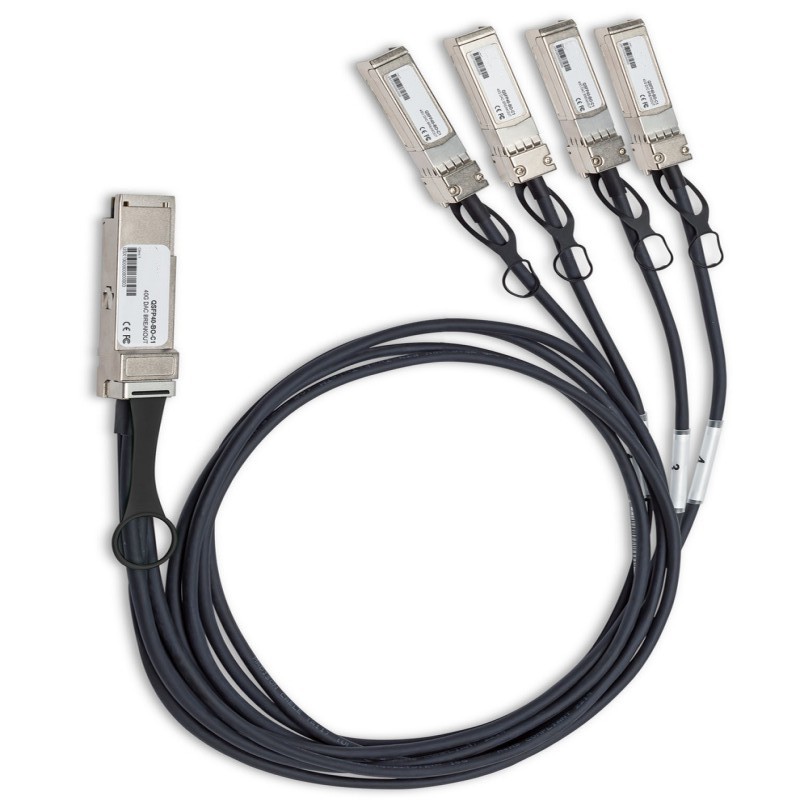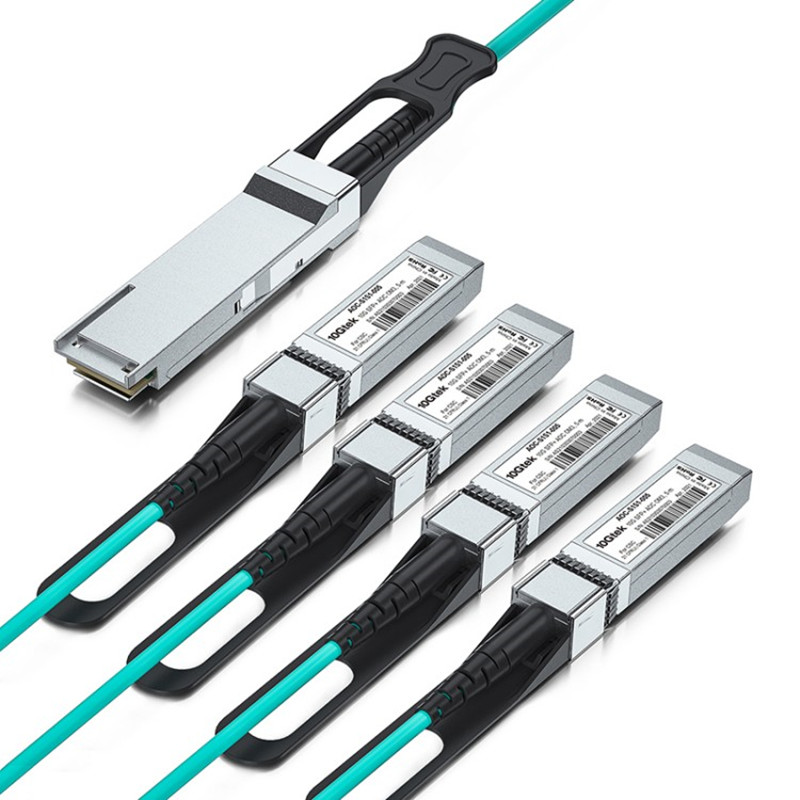Are you in the market for 40G QSFP+ breakout cables but not sure which option is right for you? With so many options out there, it can be overwhelming to know which one is best for your networking equipment needs. In this blog post, we’ll explore the differences between fiber optic cabling, direct attach copper cable (DAC), and active optical cable (AOC) to help you make an informed decision.
When it comes to connecting network device QSFP+ ports to achieve 40G Ethernet data rates, there are two main options. Each option has its own advantages and caveats that should be considered. The preferred method chosen will depend on factors such as cost, transmission distance, flexibility for future moves and changes, and physical rack space.
The first thing to consider is port connection distance. Depending on the distance, some options may not be feasible. For example, the transmission distance of DAC cable is limited to 10m, which is very suitable for short-distance connections. On the other hand, AOC cable has a transmission range of up to 150m, providing a more flexible option for longer distances. However, as distances get longer, it is important to consider the practicality of installing cables with modules fixed to the ends of long cable trays or underfloor raceways.
When choosing the right 40G QSFP+ breakout cable for your network equipment, cost is an important factor to consider. DAC cables are generally the most cost-effective option, making them a popular choice for short-distance connections on a budget. Fiber optic cabling, on the other hand, tends to be more expensive but offers greater flexibility and longer transmission distances. The cost of AOC cables is somewhere in the middle, making it a good compromise between DAC and fiber optic options.
When selecting 40G QSFP+ breakout cables, you should also consider port location and available physical rack space. For example, DAC cables are generally more flexible and easier to manage in tight spaces, making them ideal for connections within the same rack. Fiber optic cabling, on the other hand, requires more careful handling and may be better suited for longer distances and more permanent installations.
In summary, the right 40G QSFP+ breakout cable for your network equipment depends on a variety of factors, including cost, transmission distance, flexibility for future moves and changes, port location, and physical rack space. By understanding the differences between fiber optic cabling, direct attach copper cable (DAC), and active optical cable (AOC), you can make informed decisions for your network’s specific needs. Whether you prioritize cost-efficiency, flexibility or remote connectivity, there is a solution that best suits your requirements.
Post time: Mar-05-2024







